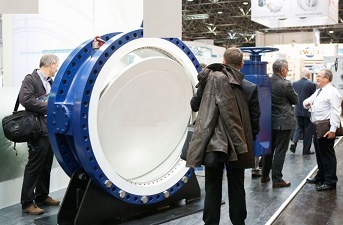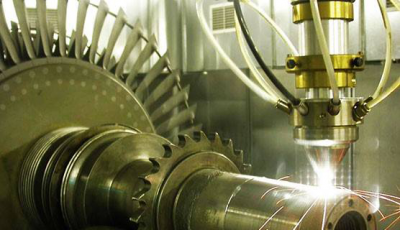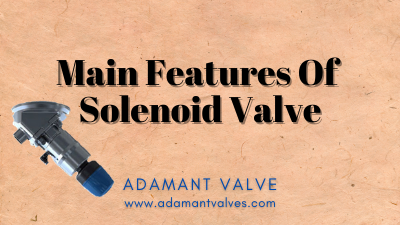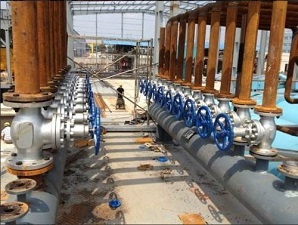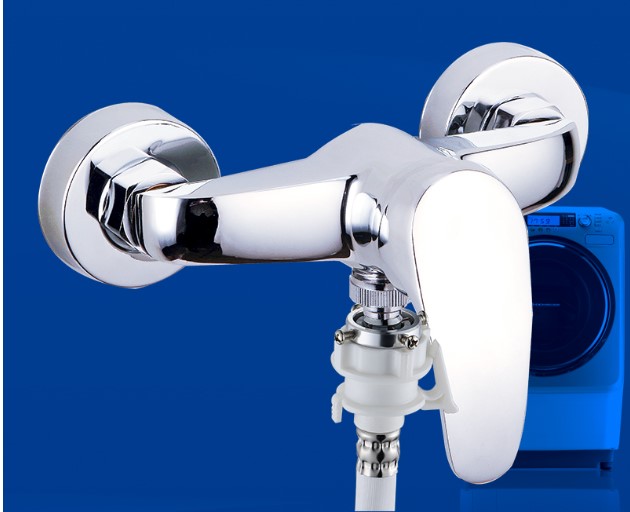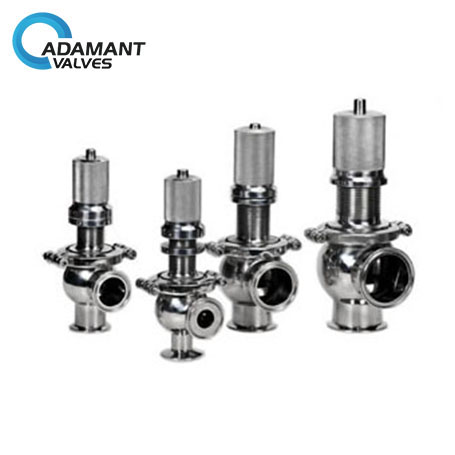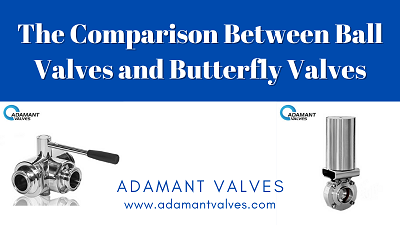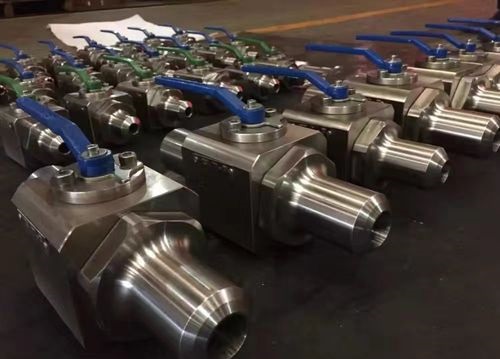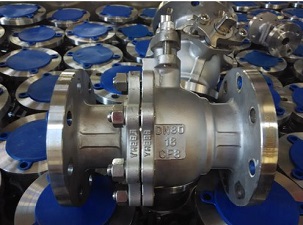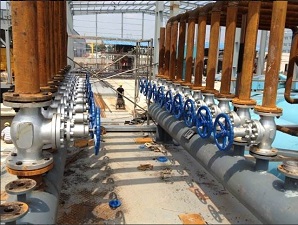Author: root
7 Advantages of Vacuum Shut-off Valves
What is a Vacuum Valve? A vacuum valve refers to the vacuum system components used to change airflow direction, adjust the airflow, cut off, or connect a pipeline in a vacuum system. It refers to valves with working pressure below standard atmospheric pressure. Vacuum valve components are sealed with a rubber sealing ring or metal […]
Read moreThe Advantages of Ultra High Pressure Shut-off Valves
What is a high-pressure shut-off valve? The high-pressure shut-off valve is mainly used in industries that have high requirements for pressure. The conventional connection method is welding and threading. The high-pressure shut-off valve is mainly used in the chemical and pharmaceutical fields. Since it’s welded, it’s not convenient for replacement. It’s mainly suitable for occasions […]
Read moreThe 5 Main Features Of Solenoid Valves
What is a Solenoid? A solenoid is a coiled wire that converts electrical current into mechanical motion using electromagnetic properties. Electrical current passes through the wire, and its coiled shape helps create a magnetic field around it that can be used to move metal armature components. Solenoids are used to perform various functions in valves, […]
Read moreWhat is Automatic Reflux Valve?
1. Automatic Reflux Valve Uses The automatic reflux valve is installed in the boiler feed pump outlet to prevent backflow of feed water and to ensure that the recycling bypass has a minimum amount of flow. 2. Automatic Reflux Valve Structural Features and Mechanism The water supply pump three-way valve is composed of sanitary valve body […]
Read moreCauses of Noise from Pressure Relief Valves
Your pressure relief valve is making a strange noise, and you’re worried about potential damages to the surrounding pipes and valves. When you hear moaning noises coming from a valve, or even sounds like sputtering, vibrations, or hissing noises coming from your pressure relief valve, it can be a cause for alarm. You’ll want to […]
Read moreApplications of Pressure Relief Valves
What is a Pressure Relief Valve? A pressure relief valve is a specialized device that automatically reduces the operating pressure in various pipeline systems. It can also provide a special function to reduce the relatively high water pressure of the pre-valve pipeline to the level required for the post-valve pipeline. Types of Pressure Relief Valves […]
Read moreThe Comparison Between Ball Valves and Butterfly Valves
Features of Ball Valves and Butterfly Valves Ball valves have very little flow resistance because the diameter of the ball’s opening is usually equal to the pipeline diameter. In this manner, ball valves have a resistance coefficient similar to that of a pipe section of the same length, allowing the fluid medium to flow through […]
Read moreThe Overview of Temperature Controlled Valve
A temperature-controlled valve is a kind of temperature-regulating (or rather flow regulation) device installed on the water supply pipe of the radiator. It can be divided into manual temperature-controlled valves and automatic temperature-controlled valves. An automatic temperature-controlled valve is also known as a self-powered temperature-controlled valve or automatic thermostatic valve. An automatic temperature-controlled valve consists […]
Read moreHow Many Types of Safety Valves are There?
According to its overall structure and loading mechanism, safety valves can be divided into heavy hammer lever type, spring type, and pulse type. 1. Heavy hammer lever type safety valve Heavy hammer lever type safety valve uses heavy hammer and lever to balance the force on the valve flap. According to the principle of leverage, […]
Read moreWhat is Balanced Sleeve Type Pressure Relief Valve?
The Introduction of Pressure Relief Valve A pressure relief valve is a kind of self-regulating valve that uses throttling to reduce the inlet pressure to desired outlet pressure. When the inlet pressure and the amount of flow change, it relies on elastic components and the force of transmitting the medium to keep the outlet pressure unchanged. […]
Read more
